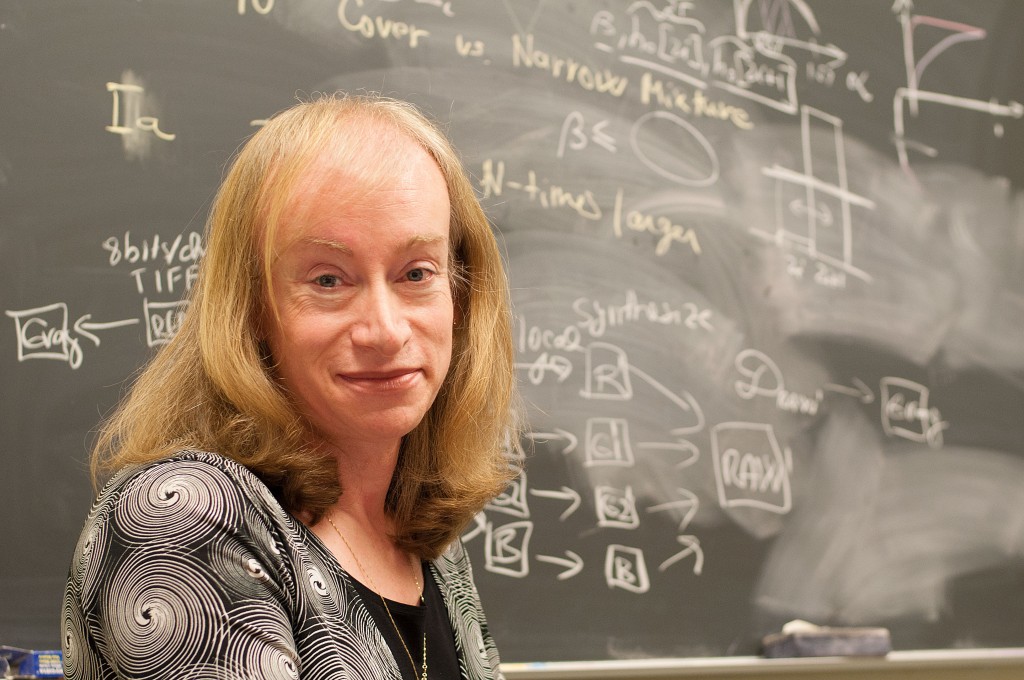
A Binghamton University researcher is looking for hidden messages in images, thanks to some help from the U.S. Air Force.
Jessica Fridrich, a distinguished professor in the Watson School of Engineering, is conducting studies on the detection of hidden information inside of digital images, a practice called steganography. After submitting a proposal to the Air Force Research Laboratory, Fridrich received a $1.85 million grant to further her research.
Since most applications of steganography relate to the military, the Air Force is interested in this research. Steganography can be used to encrypt secret information into things such as pictures and send the information without it being obvious that something is being transmitted. The military can use this to send information without enemies noticing.
The grant, which stretches over the course of five years, allows Fridrich and her team to try more high risk ideas that smaller grants would not allow. Fridrich believes that within five years, she and her team can conceive revolutionary ideas and have the time and opportunity to try them. There isn’t a specific goal in mind other than to advance research in the field.
“If you get a grant for one year or six months, that limits what you can do,” Fridrich explained. “You can’t try something high risk because if the risk is too high … at the end of a year or six months you won’t have much.”
Steganography differs from cryptography, a similar but much more widely known field, in that in cryptography, it is obvious that there is information being hidden.
“[With steganography], people think that they know what is being communicated, but in fact there could be a secret message inside the picture,” Fridrich said. “It allows you to communicate in privacy, but in a covert way.”
Fridrich’s research also stretches into the similar field of steganalysis. While steganography is the practice of hiding information, steganalysis is the study of detecting whether or not there is hidden information. In order to use steganalysis, Fridrich and her team look at information, such as the statistical properties of pixels, and try to find statistical anomalies, or simply something that looks out of place.
“You try to capture or describe the image and discover some statistical anomalies among pixels, colors, and that’s how it’s done,” Fridrich said. “Currently, for the best detection techniques, we use machine learning.”
Machine learning is the process of teaching a computer to do a task using information that it has previously been given. By giving a computer millions of images and telling it whether or not they contain secret information, the computer can learn to detect things like this. This is the strategy that Fridrich and her team have and continue to use as their best medium of steganalysis.
Although there aren’t any actual current uses that Fridrich is researching, she said that the results will be useful for the military in the long run.
“Even though it’s not going to affect everyone in the sense that cryptography does in everyday usage,” she said, “it may have a big impact on how we understand and how we fight crime and how we fight terrorism and how this country defends itself.”


